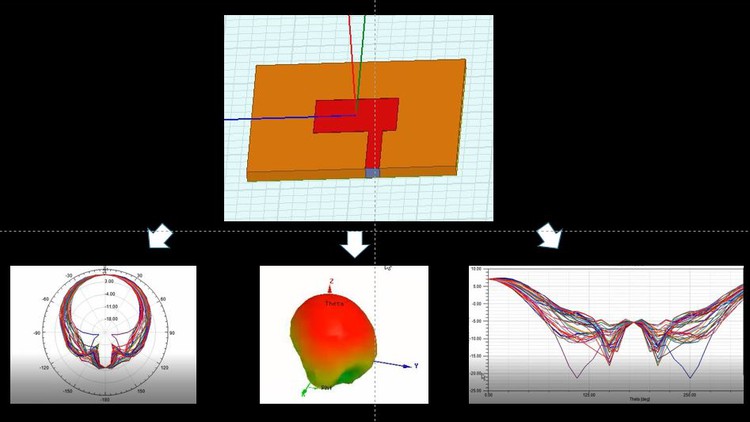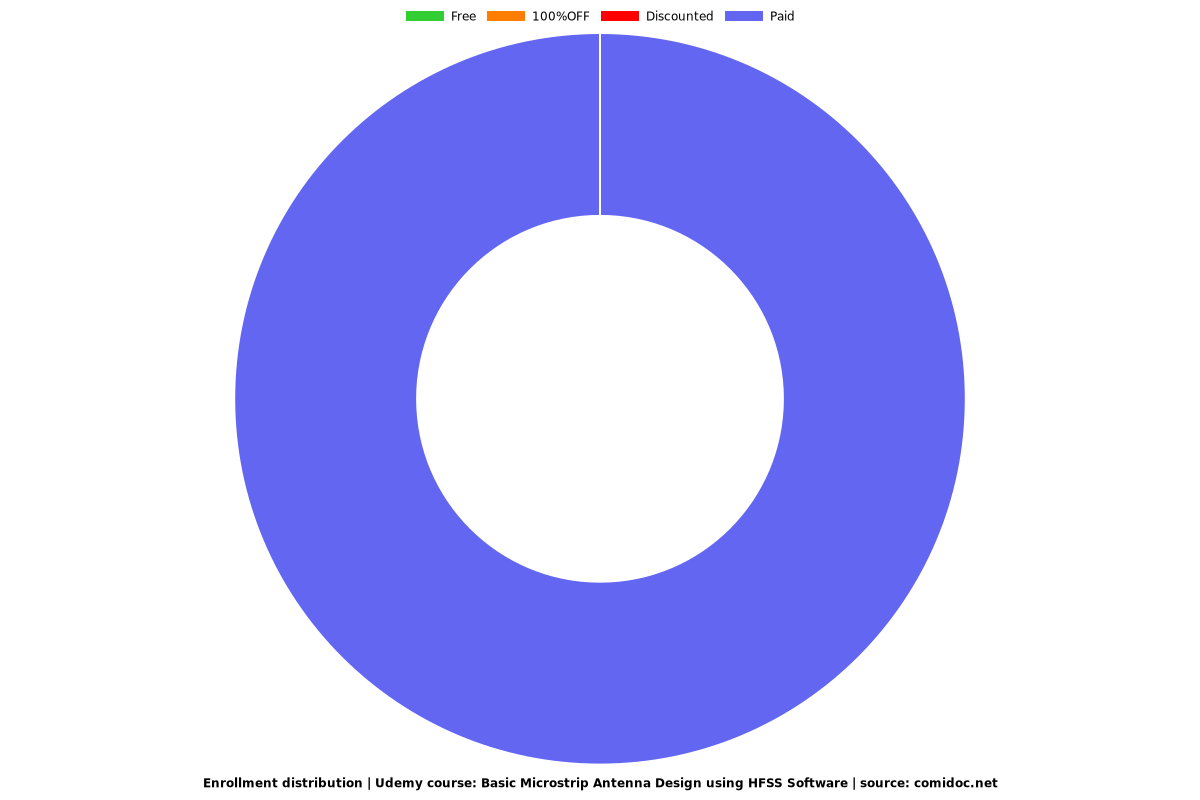Basic Microstrip Antenna Design using HFSS Software
Beginner Microstrip Antenna Designer Course

What you will learn
Microstrip Antenna Design
HFSS software
Antenna design for 10 GHz
Plotting Results-S11 Parameter, 3D Gain Plot, Radiation Pattern, VSWR, Smith Chart
Why take this course?
Over the years, many types of antennas have been developed for different purposes. An antenna may be designed specifically to transmit or to receive, although these functions may be performed by the same antenna. A transmitting antenna in general, must be able to handle much more electrical energy than a receiving antenna. An antenna also may be designed to transmit at specific frequencies.
Microstrip antennas are low profile, conformable to planar and nonplanar surfaces, simple and inexpensive to manufacture using modern printed-circuit technology, mechanically robust when mounted on rigid surfaces, compatible with MMIC designs, and when the particular patch shape and mode are selected, they are very versatile in terms of resonant frequency, polarization, pattern, and impedance.
Microstrip antennas consist of a very thin (t λ0, where λ0 is the free-space wavelength) metallic strip (patch) placed a small fraction of a wave-length (h λ0, usually 0.003λ0 ≤ h ≤ 0.05λ0) above a ground plane. The microstrip patch is designed so its pattern maximum is normal to the patch (broadside radiator).This is accomplished by properly choosing the mode (field configuration) of excitation beneath the patch. For a rectangular patch, the length L of the element is usually λ0/3 <L<λ0/2.The strip (patch) and the ground plane are separated by a dielectric sheet
ANSYS HFSS is a 3D electromagnetic (EM) simulation software for designing and simulating high-frequency electronic products such as antennas, antenna arrays, RF or microwave components, high-speed interconnects, filters, connectors, IC packages and printed circuit boards. Engineers worldwide use ANSYS HFSS to design high-frequency, high-speed electronics found in communications systems, radar systems, advanced driver assistance systems (ADAS), satellites, internet-of-things (IoT) products and other high-speed RF and digital devices.
Future Scope:
To design MIMO antenna
Acknowledgement:
Dr. Raghunath S. Bhadade ,Assistant Professor, MIT-WPU, Pune
Reviews
Charts
Price

Rating

Enrollment distribution
